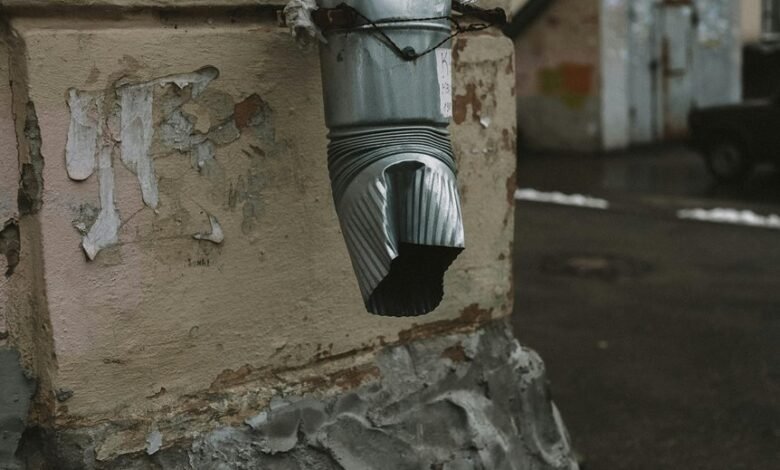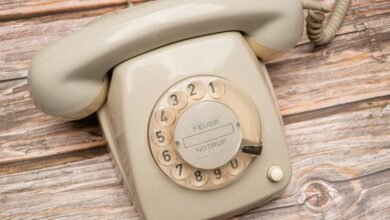Broken Drain Pipe : How to Repair a Broken Drain Pipe at Home

A broken drain pipe can lead to significant issues within a home. Identifying the damaged section is crucial, as signs such as dampness or discoloration often indicate a problem. Proper tools and materials are necessary for an effective repair. Following a systematic approach ensures the integrity of the plumbing system is restored. Understanding the steps involved can make a substantial difference in addressing this common household issue. Consider the process that follows.
Identifying the Problem: Signs of a Broken Drain Pipe
How can one determine if a drain pipe is compromised? Signs include persistent dampness, discoloration on walls, and unusual odors.
Leak detection methods often reveal hidden issues, while visible pipe corrosion may indicate structural failure.
Observing these symptoms enables homeowners to take proactive measures, preserving their property's integrity and ensuring freedom from water-related damage.
Timely intervention is crucial to prevent escalation.
Tools and Materials Needed for the Repair
Successful repair of a broken drain pipe requires a specific set of tools and materials to ensure a thorough and effective fix.
Essential necessary tools include a pipe wrench, pliers, and a hacksaw, while materials may consist of pipe sealant, replacement sections, and clamps.
Understanding various repair techniques is crucial for achieving a reliable solution and restoring the functionality of the drainage system.
Step-by-Step Guide to Repairing the Drain Pipe
After gathering the necessary tools and materials, the repair process for a broken drain pipe can begin.
First, identify the damaged section using appropriate repair techniques. Cut the pipe carefully, ensuring clean edges.
Select compatible pipe materials for the replacement. Fit the new section securely, applying adhesive or connectors as necessary.
Finally, test the repair by running water and checking for leaks.
Preventative Measures to Avoid Future Issues
Although many homeowners may overlook routine maintenance, implementing preventative measures is essential to avoid future issues with drain pipes.
Regular drain maintenance, including thorough cleaning and debris removal, significantly reduces clogs.
Additionally, conducting periodic pipe inspections can identify early signs of wear or damage, enabling timely repairs.
These proactive steps ensure a functional drainage system, ultimately preserving the integrity of the home.
Conclusion
In the grand theater of home repair, the broken drain pipe takes center stage, demanding attention like a diva with a flair for drama. Armed with wrenches and sealants, the homeowner becomes an unlikely hero, battling leaks and dampness. Yet, as the curtain falls, one must remember that even the best repairs can falter without routine maintenance. Thus, the saga of plumbing continues, a comedic dance of diligence and neglect, where the true performance is in preventing the next act of chaos.




